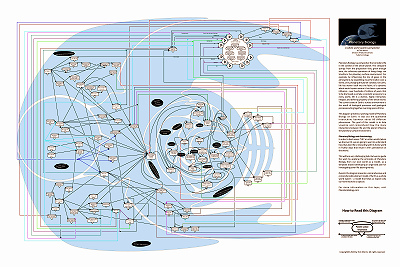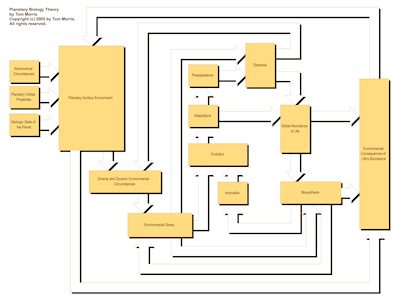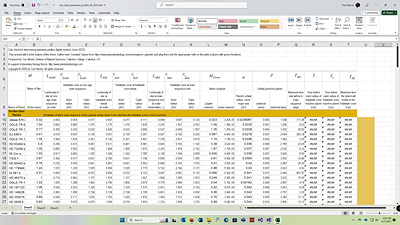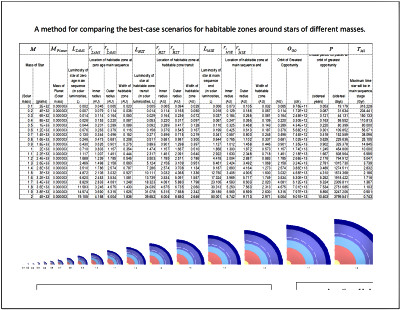PlanetaryBiology.com will be permanently closing at the end of January 2025
Principles of Planetary Biology
A non-fiction book by Tom Morris of PlanetaryBiology.com
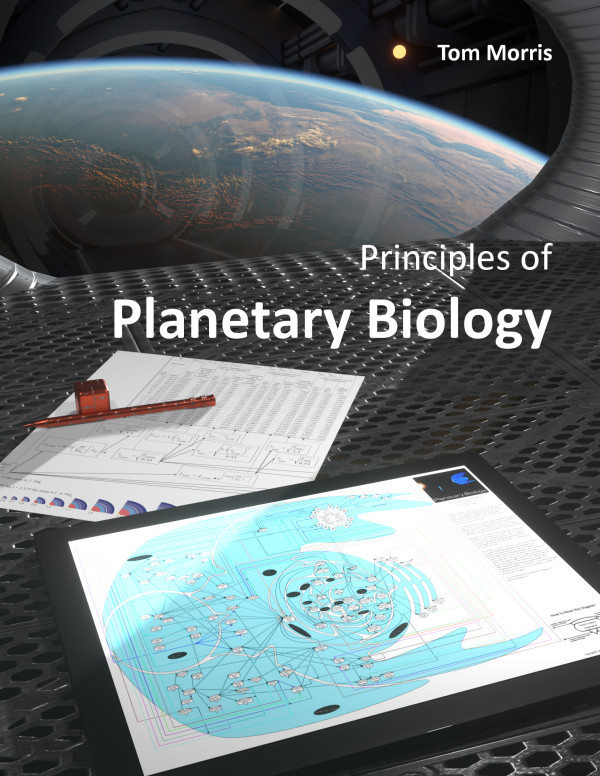
Principles of Planetary Biology is available at Amazon.
Planetary Biology is a perspective that considers life in the context of the whole planet. This viewpoint springs from the proposition that, given enough time, the collective operations of living things can transform the planetary surface environment. For example, by influencing the mix of gases in the atmosphere, by expediting cloud formation over a forest, or by changing the planet’s albedo. On Earth, life has woven itself into the fabric of a dynamic whole world system where it has been a pervasive influence – over hundreds of millions of years. Not to be dismissed as simply a cosmetic accessory to a rocky world, life is a diverse, highly interactive, integral, and defining property of the whole world. The current state of Earth’s surface environment is the result of biological processes and geological processes acting together over long spans of time. How did this remarkable arrangement come to be?
Somehow, life became established on Earth, billions of years ago. Over time, it has evolved and spread to occupy every accessible environment on Earth. Since life processes environmental resources – for example, by photosynthesis, or nitrogen fixation – it operates as a vigorous materials-processing system and de facto pump that churns the environment, thereby qualitatively and quantitatively transforming it.
The Planetary Biology perspective presented in this book sees life on Earth not as a super organism, but as an amazing and intricate expression of ecological principles involving the entire planet as an interconnected operational system. As such, this book organizes the objective details of the ongoing biological and physical phenomena that continue to make Earth such an unusual and remarkable world.
That in itself is interesting to me and is the main point of this book. But there’s much more. It has to do with the science of astrobiology and the rapidly expanding catalog of exoplanets.
In order to best assess "life" on other worlds (when we discover it), we are going to want to understand how that alien life is interacting with its home world in fruitful ways that result in life’s persistence on that world. This will be a very challenging task. But we can guide the work by applying the principles of Planetary Biology from our own world as a model, as a template toward developing an organized plan for investigating other life-bearing worlds.
Overall, the principles of Planetary Biology present a structured path that helps us to systematically construct a comprehensive and comprehensible abstract model of Earth – a model that helps us explain why our home world is so special.
Online resources in support of this book
Planetary Biology: Life's influence on the evolution of planet Earth
Faint Young Sun Paradox: Part 1
Faint Young Sun Paradox: Part 2
Population Pulse Model: Part 1

